"Greyhound" emerges as a compelling addition to the war films genre, weaving a tale deeply rooted in the archives of World War II.It's a portrayal inspired by real historical events, adding a layer of authenticity to the cinematic experience.
The story unfolds against the backdrop of the Battle of the Atlantic, a pivotal campaign during World War II. The USS Keeling, affectionately known as Greyhound, becomes the focal point of the film as it navigates the treacherous waters, facing German U-boats and safeguarding Allied supply ships. This tale, while fictionalized, draws its roots from the genuine struggles and triumphs of those who sailed the perilous seas during the war.
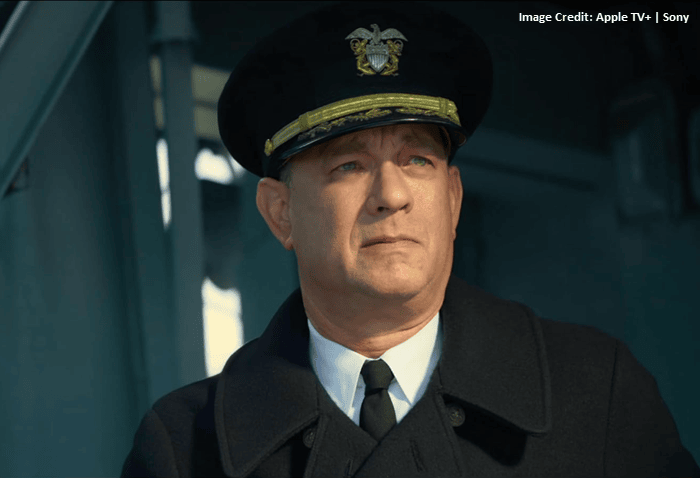
At the helm of "Greyhound" is none other than Tom Hanks, a Hollywood icon renowned for his profound connection to World War II narratives. Hanks, fueled by a passion for stories from this pivotal era, has previously collaborated with Steven Spielberg on projects like "Saving Private Ryan" and the acclaimed miniseries "Band of Brothers."
Greyhound's timeline, set in February 1942, places it at the dawn of U.S. involvement in World War II. The film offers a unique perspective, capturing the early stages of the conflict and hinting at the challenges yet to come for the crew of the USS Keeling. The dangers depicted in the film serve as a prelude to the extensive war that lies ahead, underscoring the relentless nature of their duties.
Greyhound's Ending Explained
"Greyhound" crescendos into a climactic ending, marking the culmination of the USS Keeling's harrowing journey across the Atlantic Ocean. Captain Ernest Krause, portrayed by Tom Hanks, emerges as a stalwart leader facing the relentless threat of German U-Boats in the unforgiving waters of World War II.
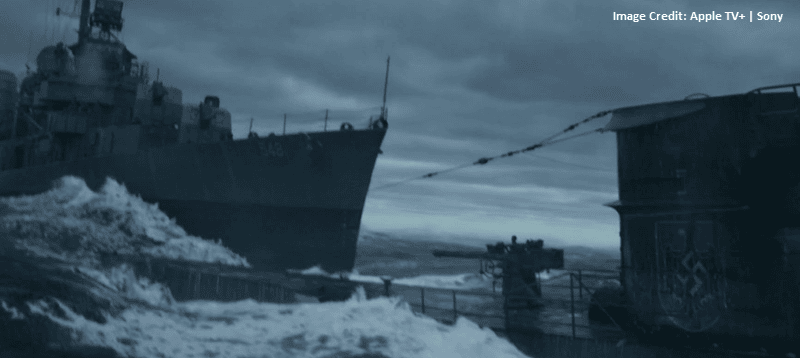
The climax unfolds as Greyhound, under the call sign USS Keeling, engages in a fierce battle against multiple German U-Boats, with the standout adversary being "The Grey Wolf." Captain Krause, at the helm of the Greyhound, exhibits strategic expertise as he confronts and triumphs over this formidable foe, illustrating the raw intensity of naval warfare during the Battle of the Atlantic.
The heart of the narrative lies in Captain Krause's triumph over adversity. The USS Keeling, battered but undefeated, stands as a symbol of resilience against the perilous threats lurking beneath the ocean's surface. Krause's strategic acumen and unwavering leadership come to the forefront, showcasing the determination required to navigate the treacherous waters and protect the Allied supply ships.
Amidst the challenges and sacrifices, a glimmer of hope emerges. As Captain Krause receives orders to escort two injured ships, The Dickey and The Harry, to Londonderry, a passing vessel pays tribute to the Greyhound's success. The sailors on the passing ship jubilantly celebrate, offering a moment of camaraderie and acknowledgment of the USS Keeling's vital role in safeguarding the convoy.
Beyond the battlefield, we catch a poignant glimpse into Captain Krause's personal struggles. Deprived of proper rest and sustenance, nursing a foot injury, he reflects on the memories of Evelyn and finds solace in a thoughtful prayer in his bunk. This introspective moment humanizes Krause, revealing the toll of war on both the individual and the collective spirit of those who served during this pivotal period in history.
The Battle of the Atlantic: Real Challenges and Conditions
The grey waters of the Atlantic become the battleground, where the film unfolds. The mission: to safeguard 37 Allied ships on their journey to deliver vital materials to the U.K. The Allied supply routes, a lifeline for the war effort, stretch across the vast expanse of the North Atlantic, presenting a logistical challenge in the face of lurking dangers.
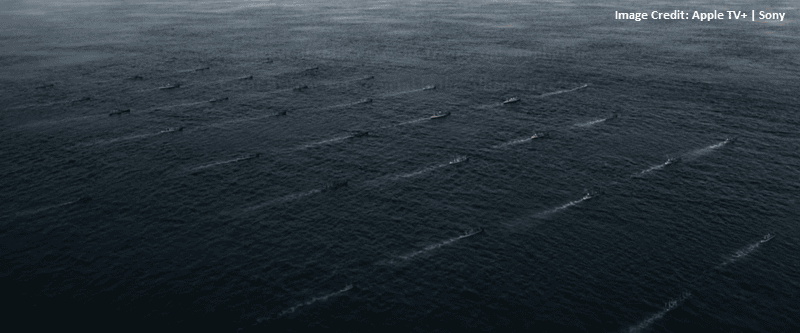
One of the most perilous chapters of this maritime saga is the Mid-Atlantic Gap, aptly nicknamed the "Black Pit." This remote stretch lies beyond the reach of the Royal Air Force (RAF) antisubmarine aircraft, leaving the convoy vulnerable to lurking German U-boats. Greyhound confronts this ominous region, underscoring the harsh realities of naval warfare and the strategic complexities faced by Allied forces.
The Battle of the Atlantic, a marathon of endurance that commenced in September 1939 and persisted until May 1945, saw shifting tides with the entry of the United States into World War II. Greyhound, set against the backdrop of the winter of 1942, captures a snapshot of this tumultuous period. The film portrays the evolving nature of the battle, reflecting the advancements and strategic maneuvers that played a crucial role in securing Allied victory.
Greyhound's Inspiration: The Good Shepherd and True Events
"The Good Shepherd," penned by the esteemed author C.S. Forester, intricately weaves the narrative around Captain Ernest Krause, delving into his personal history and the intricate web of insecurities that accompany the weight of duty. This character-centric exploration provided Hanks with a rich tapestry upon which to craft the action-packed narrative of "Greyhound."
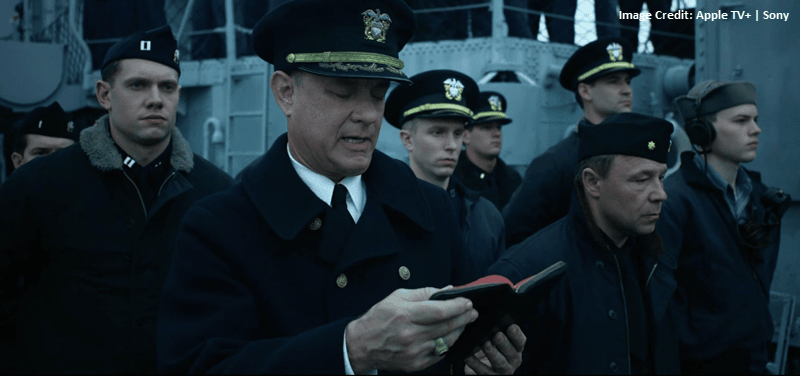
At the heart of both "Greyhound" and "The Good Shepherd" lies the pulse of history—the "Battle of the Atlantic." This monumental campaign, spanning from 1939 to 1945, served as the crucible for the trials faced by Allied forces as they moved vital supplies across the Atlantic Ocean. In "Greyhound," this historical context is vividly presented, emphasizing the gravity of the longest continuous action during World War II.
Through the lens of Captain Krause's personal struggles, insecurities, and the relentless battles against German U-Boats, Hanks infuses authenticity into the narrative. The result is a film that pays homage to the sacrifices made during the Battle of the Atlantic, commemorating the 3,500 cargo ships lost and the 72,200 souls forever etched in the annals of history.
Analysis of The Good Shepherd and Greyhound's Ending
In "The Good Shepherd," Captain Krause emerges as a more intricately detailed figure. Stripped down to the nuts and bolts, Hanks' screenplay captures the essence of Krause's insecurities, laying bare his journey of being passed over for command multiple times. This self-doubt offers a more profound understanding of the toll that leadership takes on an individual in the crucible of war.
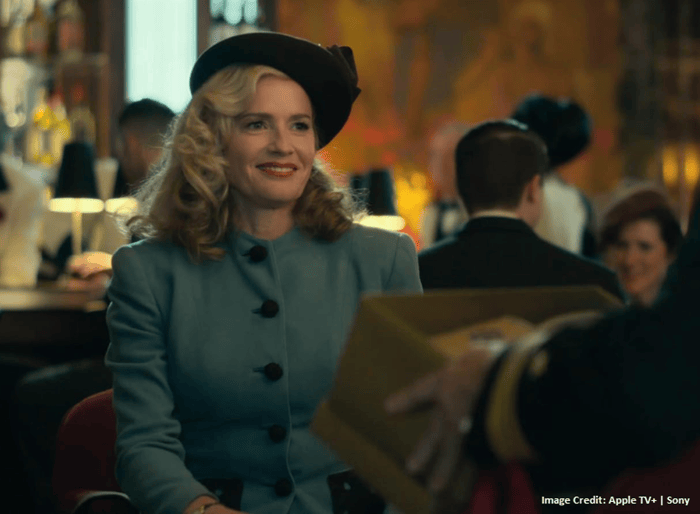
The novel sheds light on a pivotal aspect absent from Greyhound—the complex relationship between Captain Krause and Evelyn (portrayed by Elisabeth Shue). In "The Good Shepherd," Krause's dedication to duty led to the dissolution of his marriage before his service on the USS Keeling. This poignant backstory, absent from the film, reveals the personal sacrifices made in the pursuit of military service.
The film's ending, seemingly triumphant on the surface, takes on a nuanced hue when viewed against the backdrop of The Good Shepherd. Captain Krause, a man molded by insecurities and sacrifices, finds solace in prayer amidst the memories of Evelyn. The question lingers—is it a bittersweet triumph, acknowledging the challenges ahead, or a celebration of resilience and fortitude in the face of war?
While the film serves as a thrilling adaptation, it skims the surface of the intricate details found in the source material. The essence of Captain Krause's character, his insecurities, and the sacrifices made in the line of duty are more vividly portrayed in Forester's novel.
Greyhound's Accuracy In Depicting The Battle of the Atlantic
"Greyhound" provides a raw and unfiltered glimpse into the strategic complexities and harsh realities of naval warfare during World War II. As an island nation, the United Kingdom's survival hinged on the steady influx of imported goods and materials, a lifeline that traversed the perilous North Atlantic.
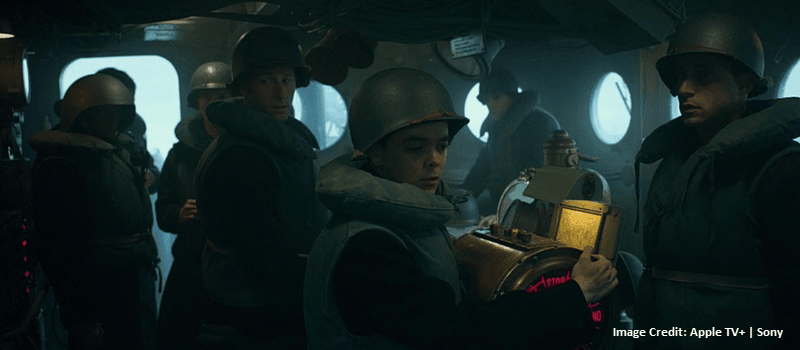
"Greyhound" takes us beyond the glamour often associated with wartime narratives. The film, in line with historical accuracy, presents a nuanced perspective on naval warfare. It underscores the unglamorous nature of the Battle of the Atlantic—a multifaceted struggle demanding massive coordination, innovative weaponry, tactical prowess, and scientific advancements. Frank Blazich, the lead curator of military history at the Smithsonian's National Museum of American History, aptly describes it as a "complicated battle."
Accurate in its depiction, "Greyhound" captures the essence of the challenges faced by Captain Krause and his crew. The film's narrative unfolds as the Allies, in a Herculean effort, send convoys of merchant ships across the North Atlantic, protected by warships and aircraft. The film's attention to detail extends to the dangerous Mid-Atlantic Gap, the focal point of the storyline, where Greyhound maneuvers through the Black Pit, facing the ever-present threat of German U-boats.
While "Greyhound" immerses us in the complexities of the Battle of the Atlantic from the Allies' perspective, it's intriguing to draw a parallel with Wolfgang Petersen's classic "Das Boat." This 1981 WWII submarine warfare movie provides a different lens, offering insights into the challenges faced by German U-boats. The juxtaposition of these two films creates a comprehensive narrative mosaic, showcasing the multifaceted nature of naval warfare during this tumultuous period.
Watch "Greyhound" on Apple TV+.
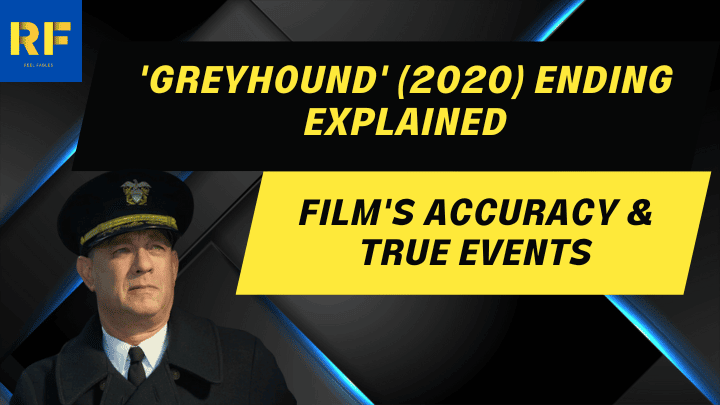
Author: Kristy R. Wilson

Meet Kristy R. Wilson, an enthusiastic writer with an insatiable passion for storytelling. She specializes in crafting captivating narratives inspired by her deep love for entertainment, and avidly follows stories in these genres. Kristy's expertise and research-driven articles immerse readers in the thrilling world of Movies & TV shows, ensuring an entertaining experience for all.
